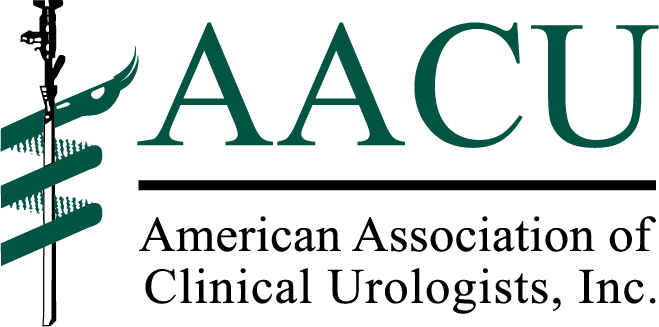Article
Urologists unite voices on Capitol Hill
In March 2011, urologists united their voices once again in Washington at the 6th Annual Joint Advocacy Conference (JAC).

In March 2011, urologists united their voices once again in Washington at the 6th Annual Joint Advocacy Conference (JAC).
The 2011 meeting spotlighted the ongoing changes to Medicare physician payments, as well as the Independent Payment Advisory Board, changes in the Stark laws, and other federal regulations.
Attendees interacted with members of Congress, senior-level congressional staff, and experienced government relations professionals. There was no better opportunity for urologists to show their conviction for patients and the profession of urology.
This year’s JAC was the largest to date, and we believe our message was heard loud and clear. Urologists from around the country marched on Capitol Hill with specific tasks:
--Protect the in-office ancillary services exemption to the Stark self-referral law.
--Repeal the Independent Payment Advisory Board.
--Repeal and replace the sustainable growth rate formula.
--And support the Prostate Cancer Act.
Overall, this meeting was a great success, and the doctors left DC reinvigorated to try and work for change in the way health care is regulated in this country.
Many of the JAC attendees returned to our nation’s capitol for the AUA annual meeting in May. AACU and AUA partnered once again on the meeting’s Health Policy Forum, which was tabbed this year as, "Focus on Healthcare Reform: Where We Are and Where We Are Going." AACU welcomed Mark E. Miller, PhD, MedPAC executive director, as the Charles Hoffman Memorial Lecturer. Dr. Miller provided an insider’s unique perspective on how this prominent health policy body intends to advise Congress on physician payment issues, accountable care organizations, and other health care issues.
To learn more about legislative issues in your state, please visit AACU's Action Center today at www.aacuweb.org
We also encourage you to post your comments about this topic in the "Post a Comment" box below.

















